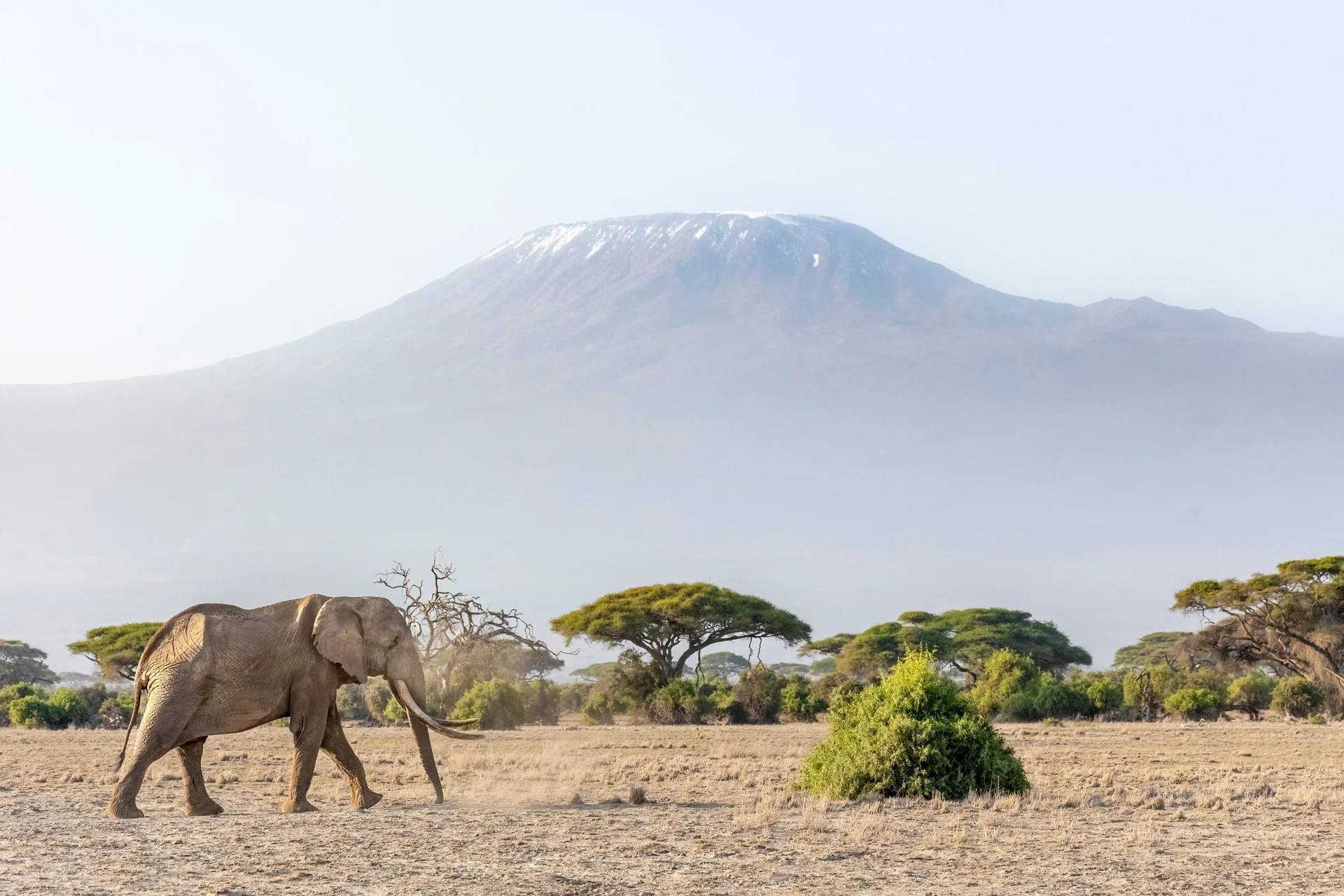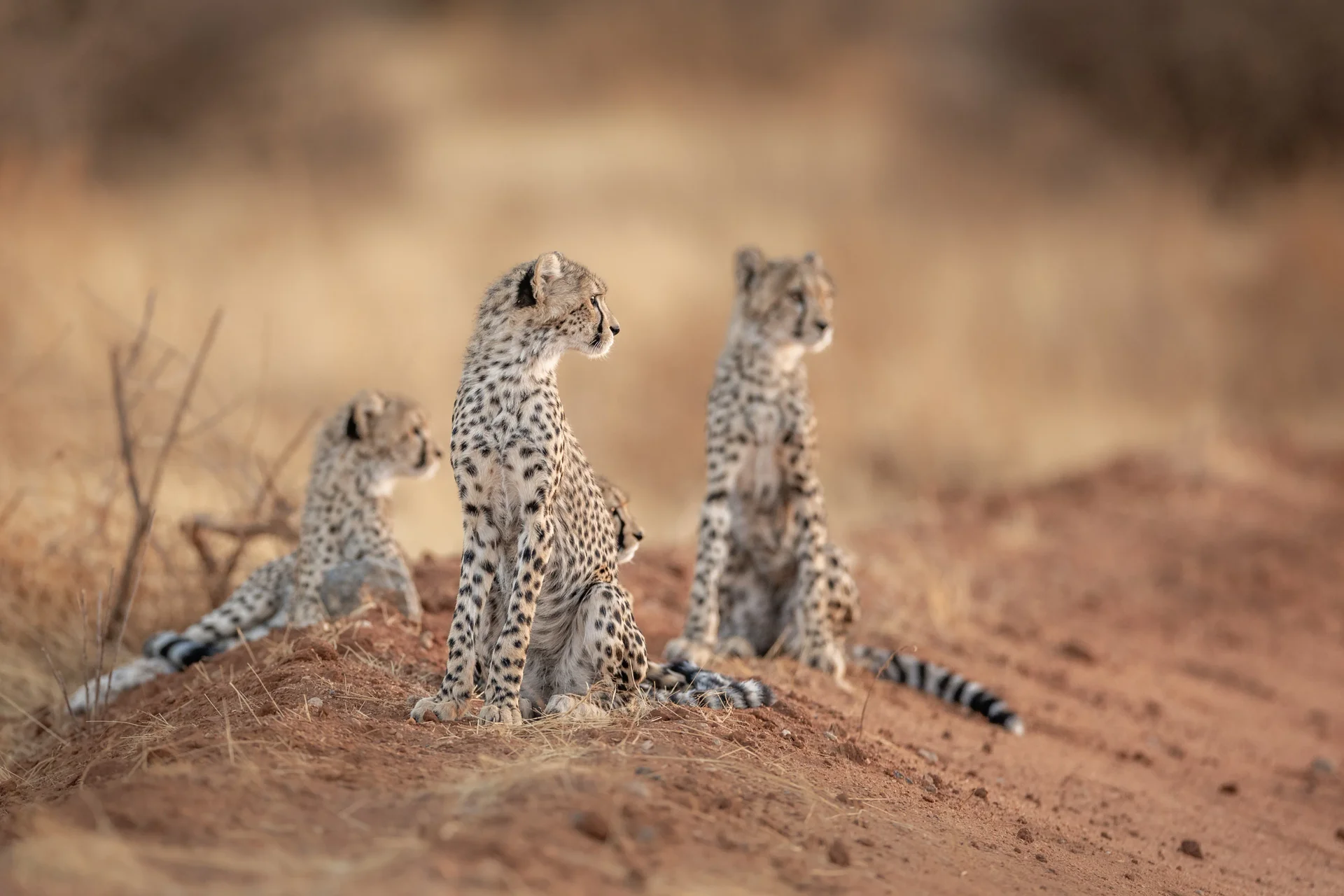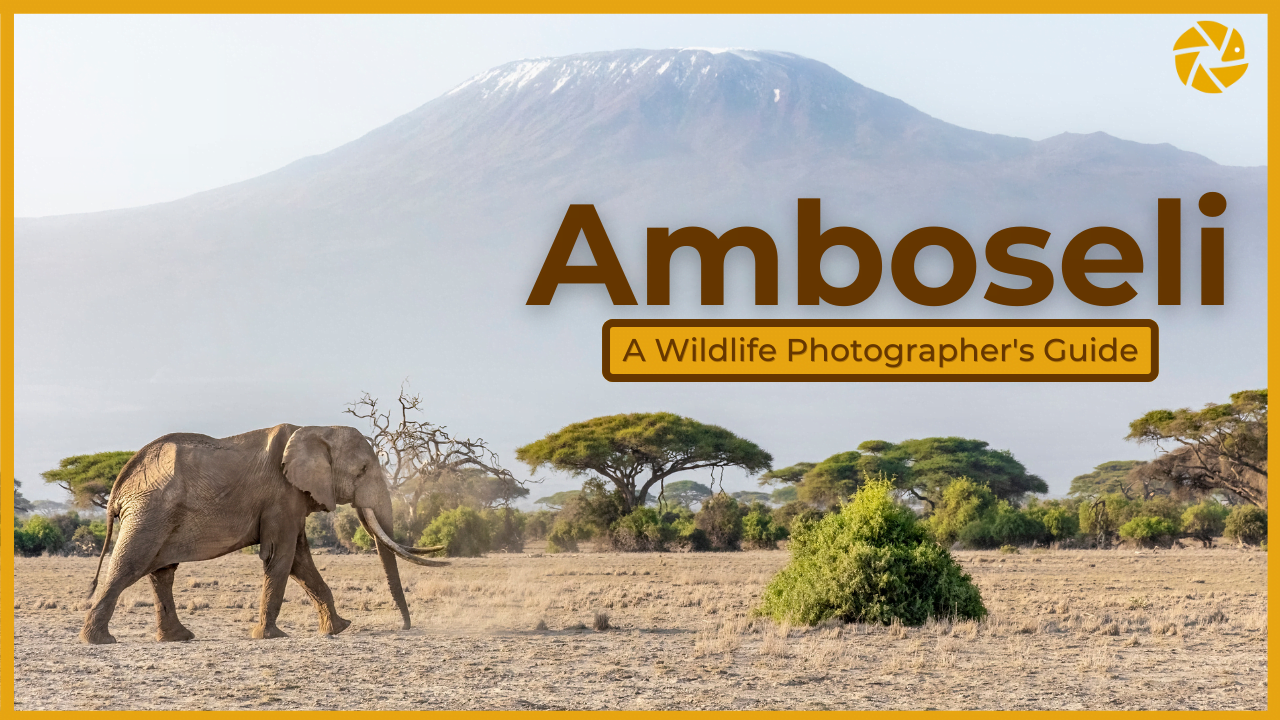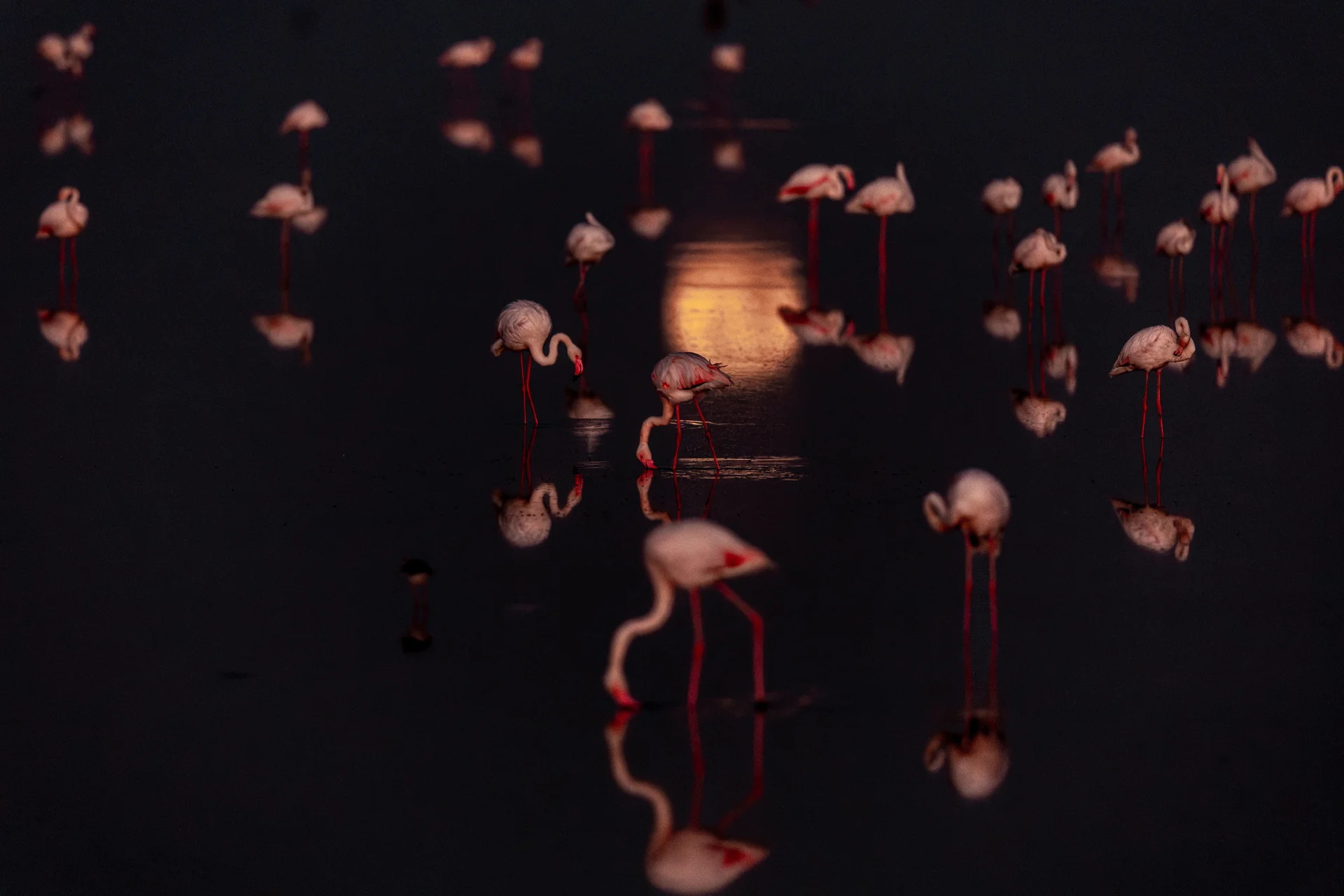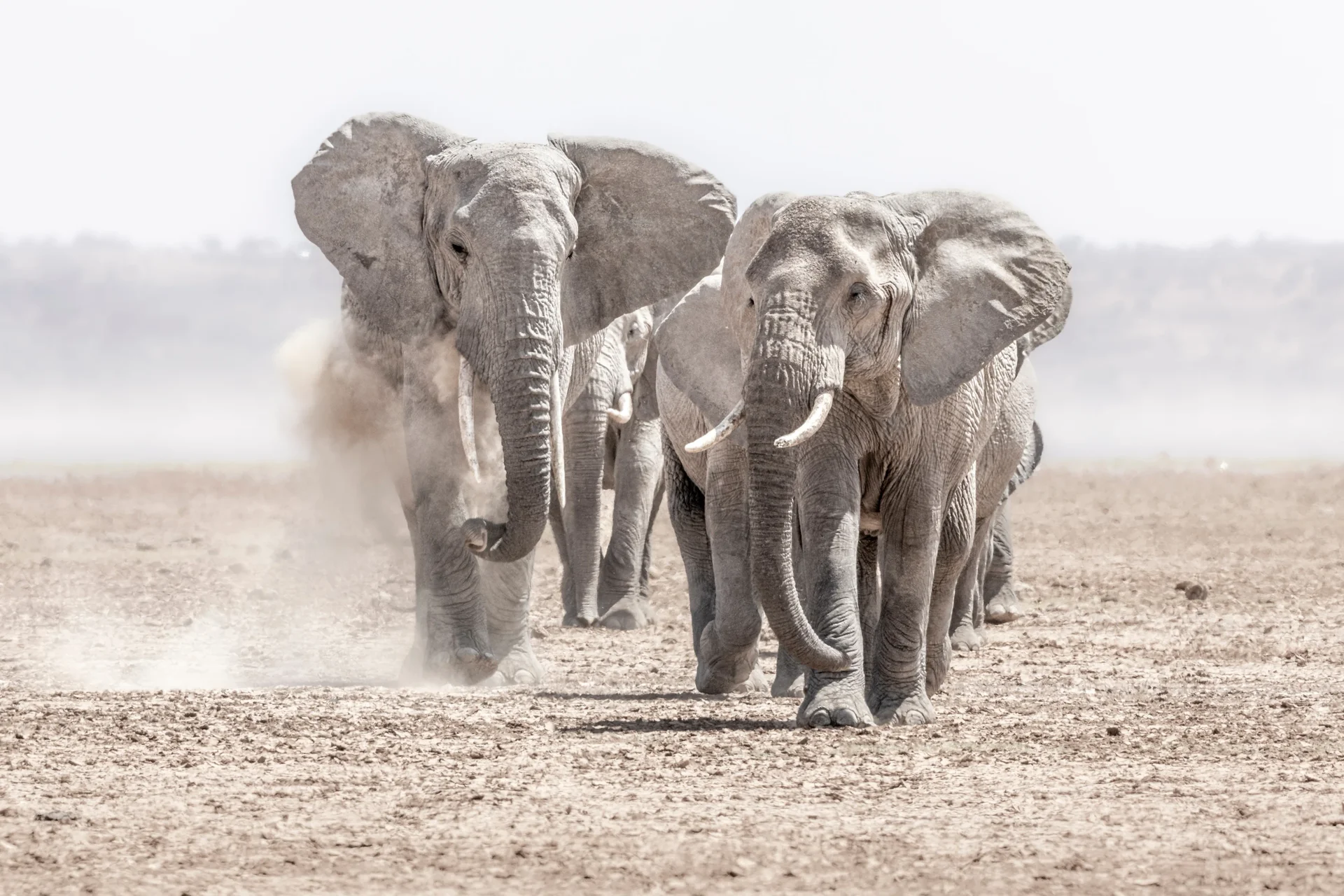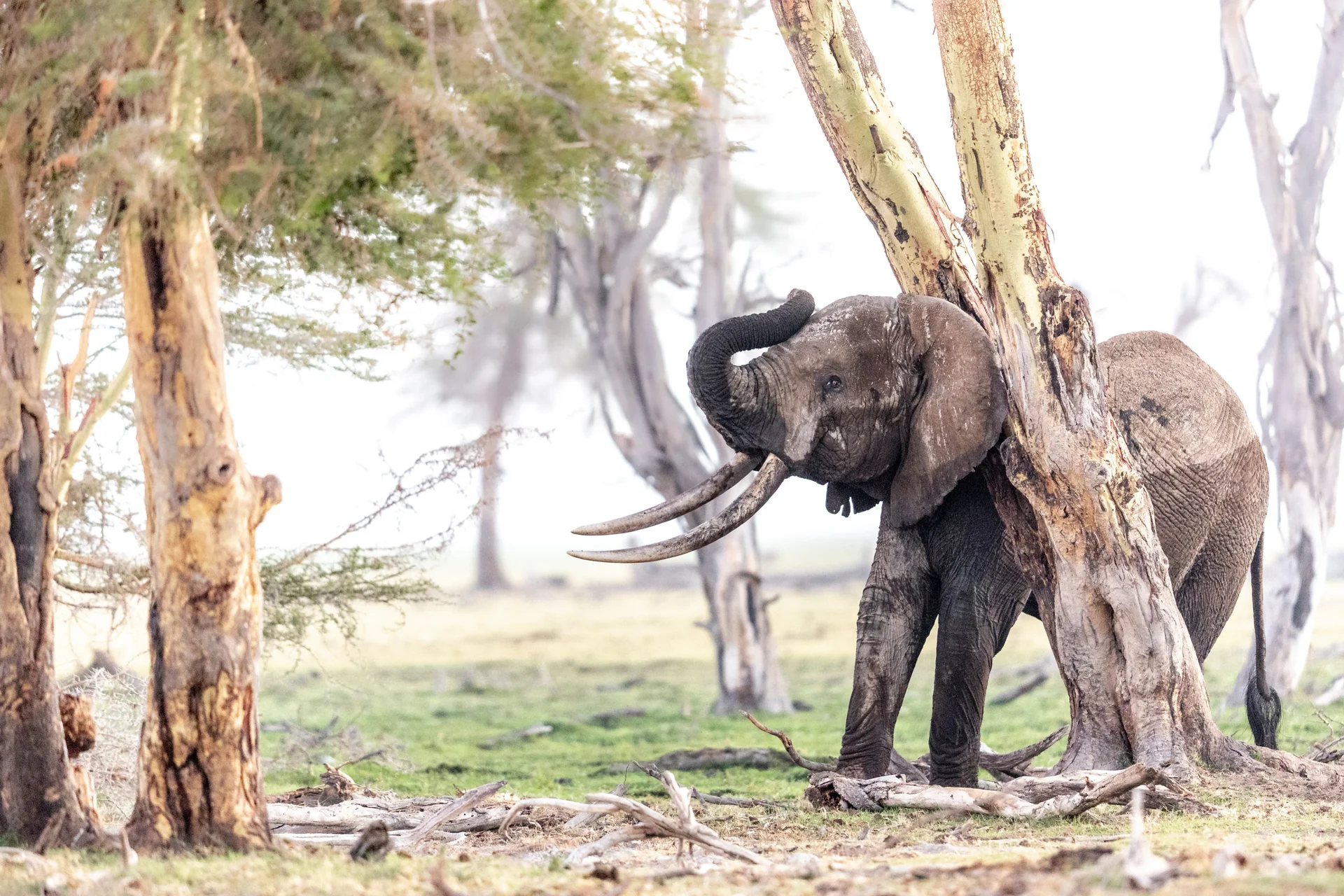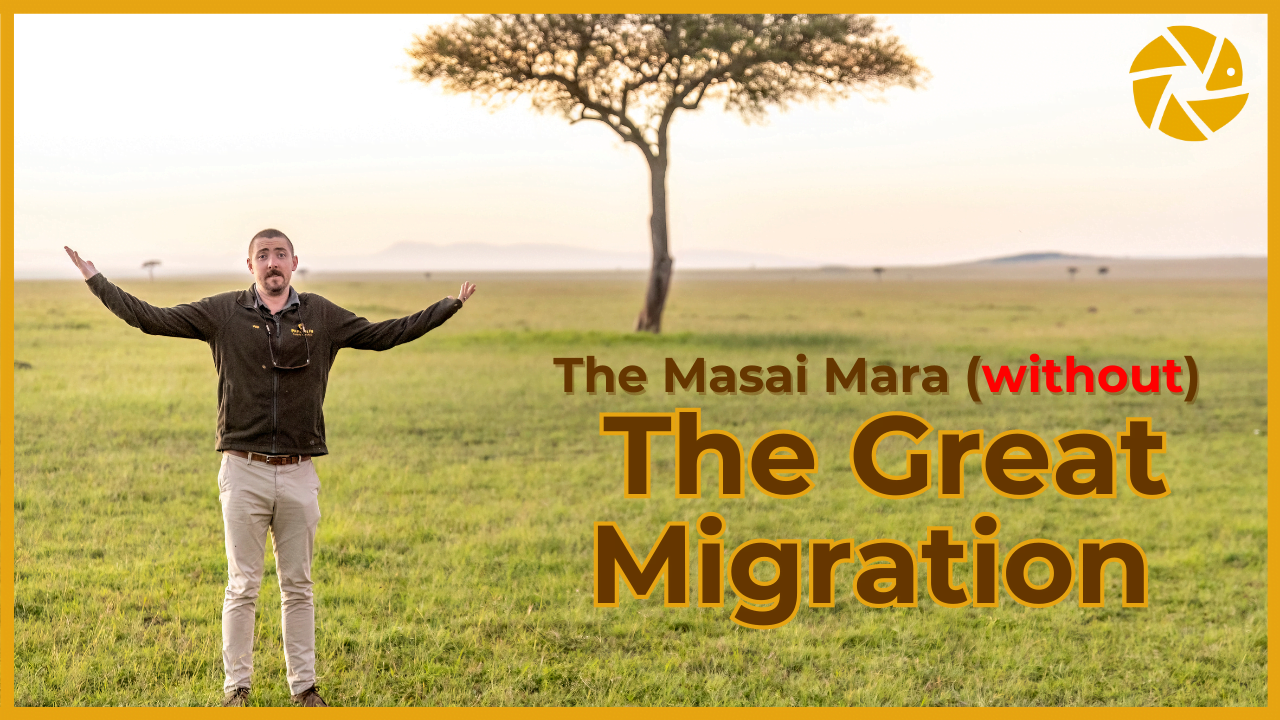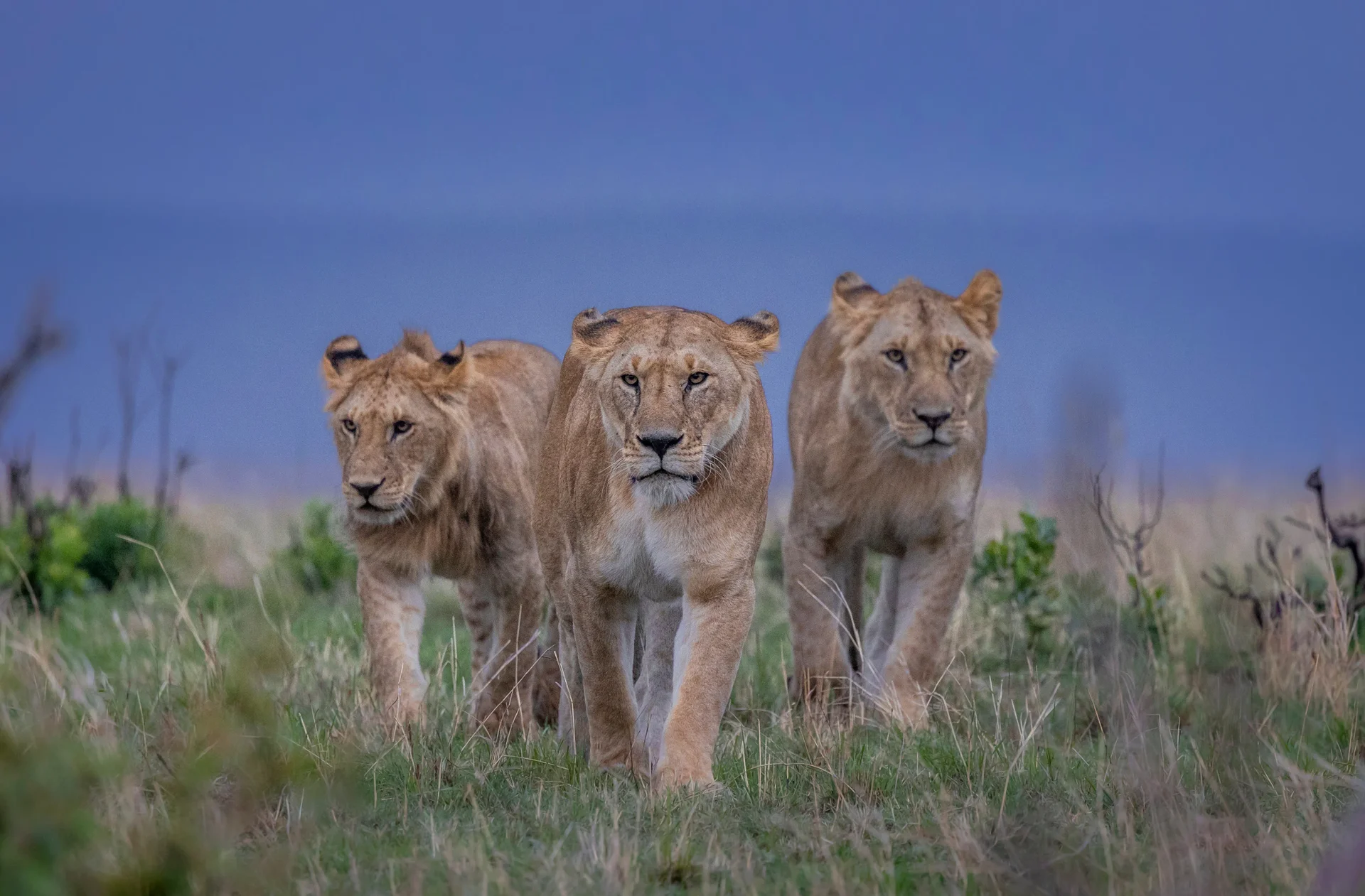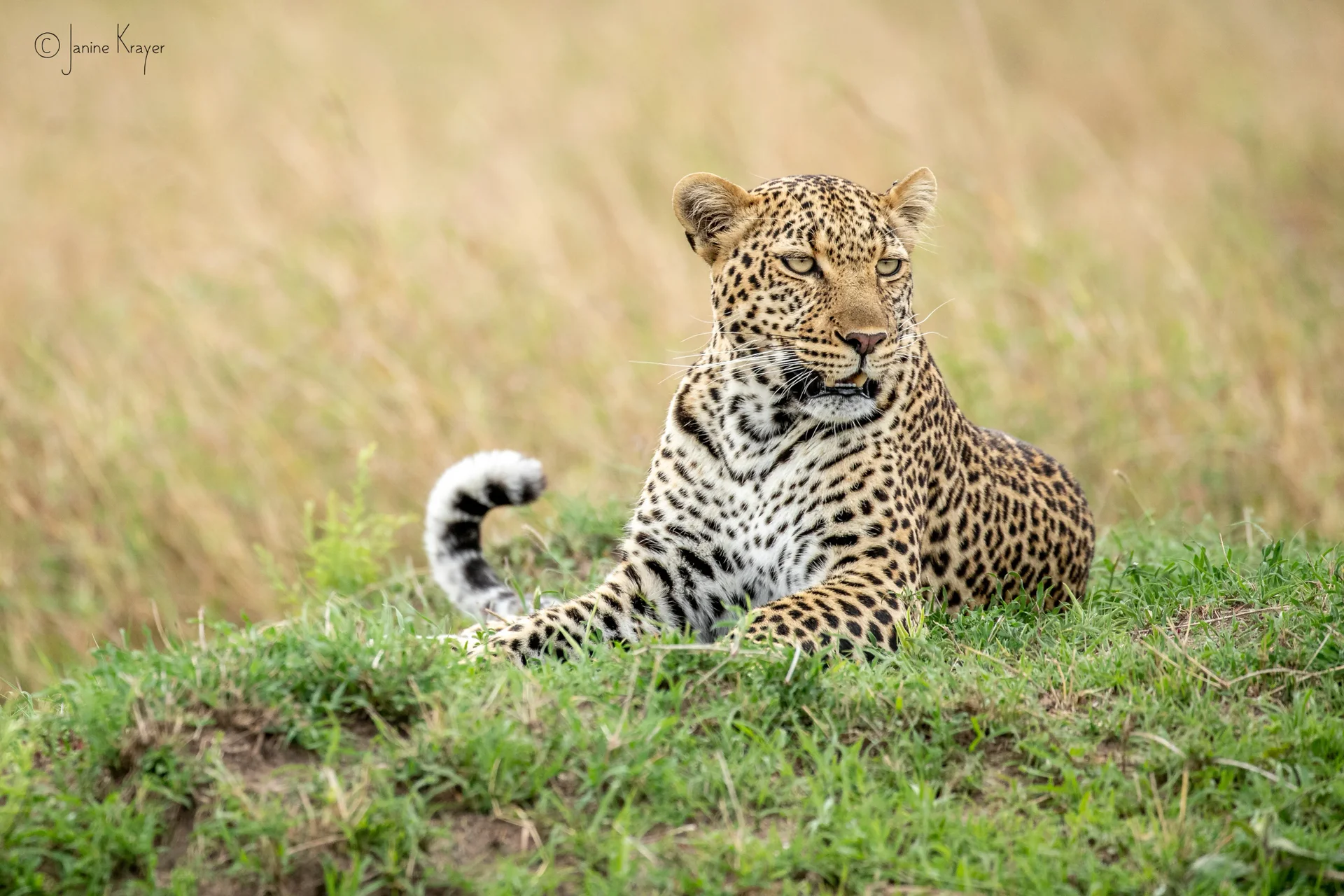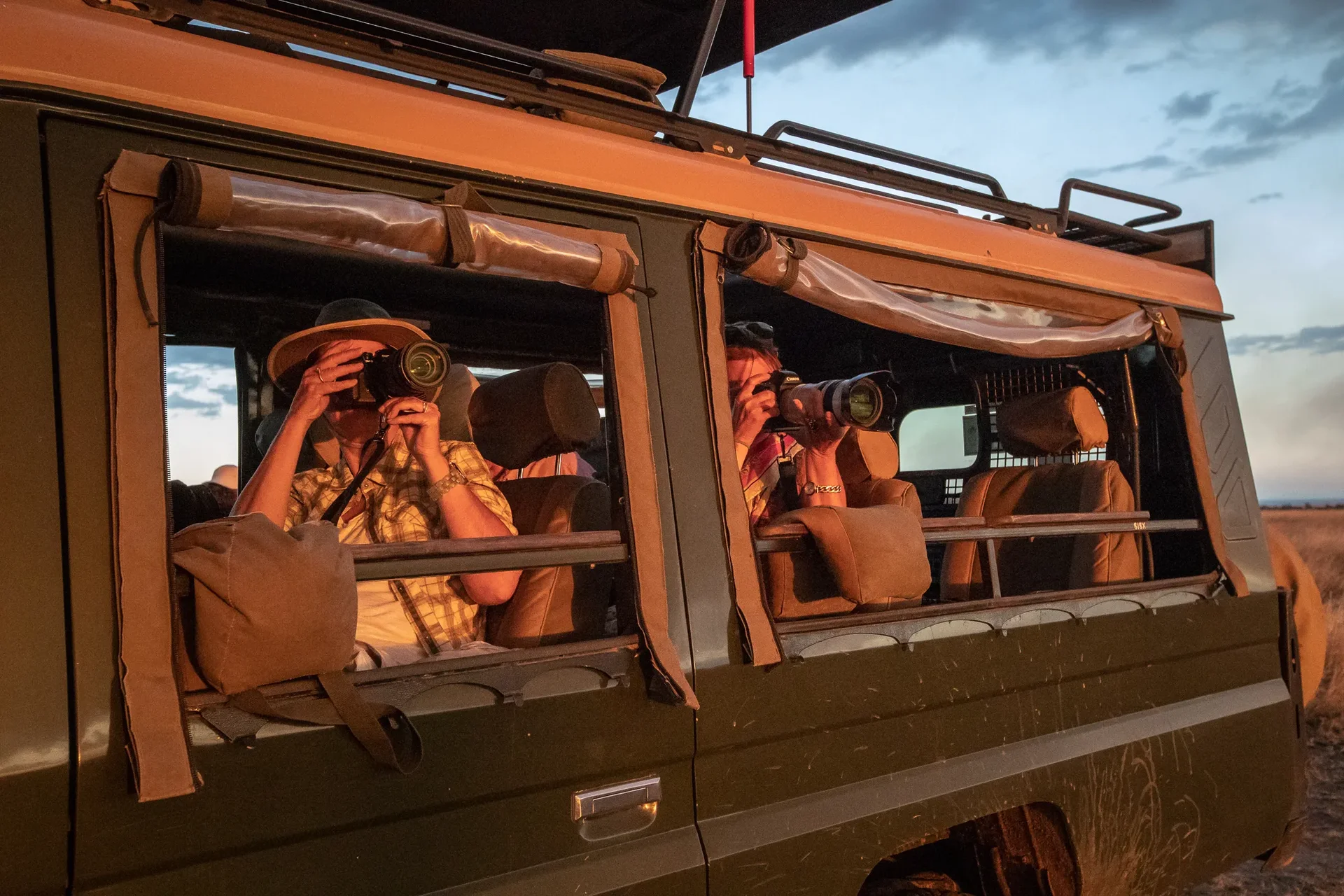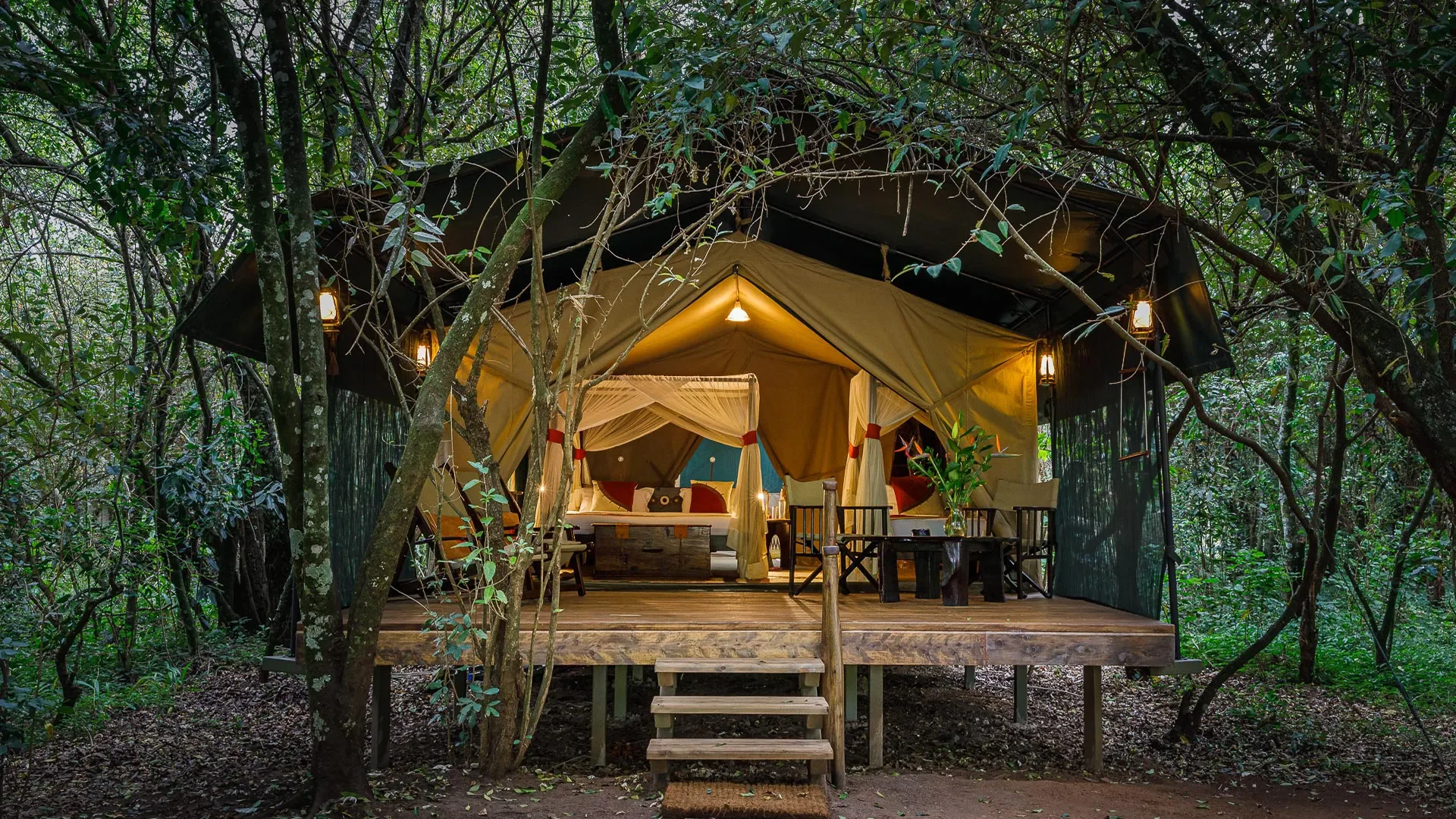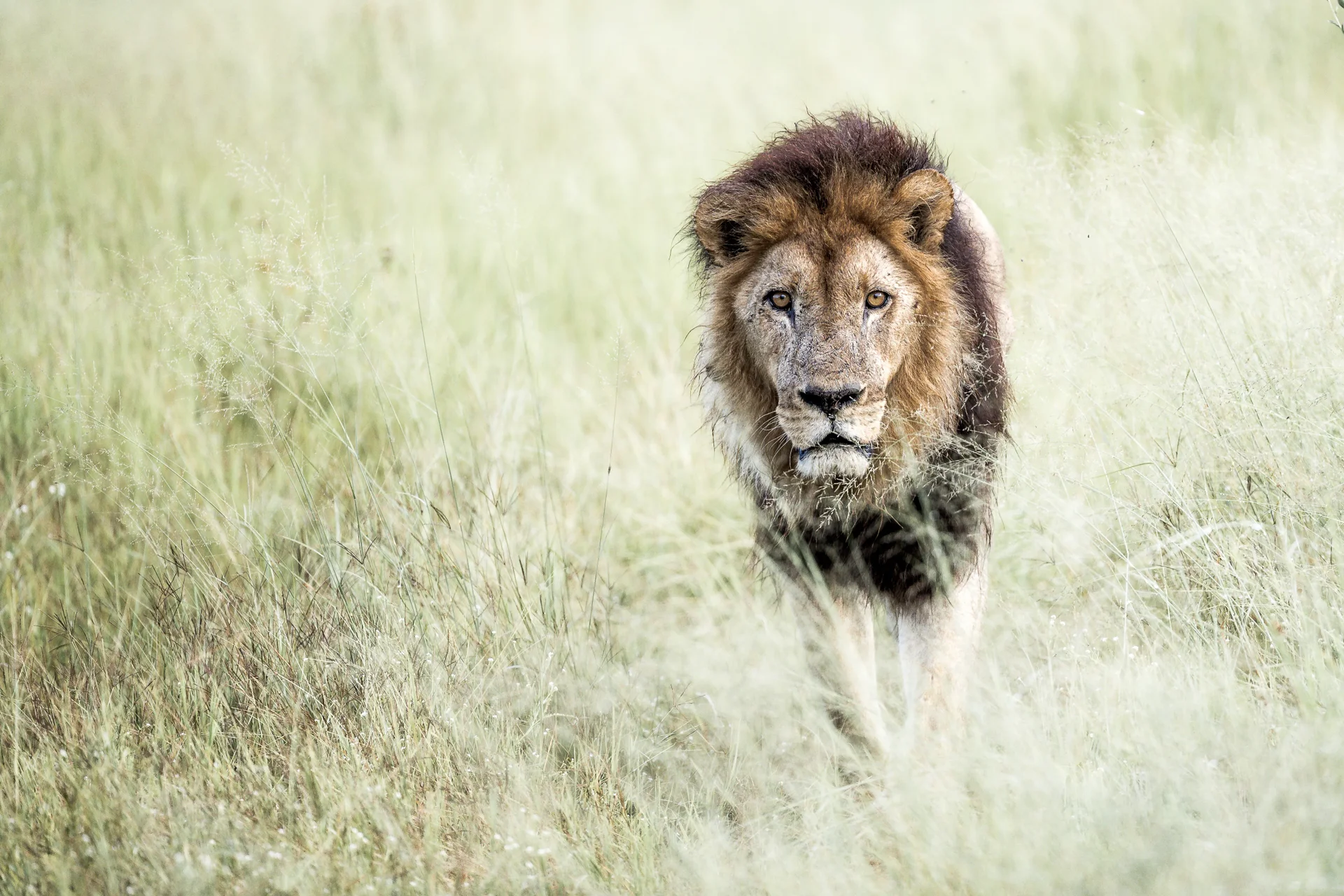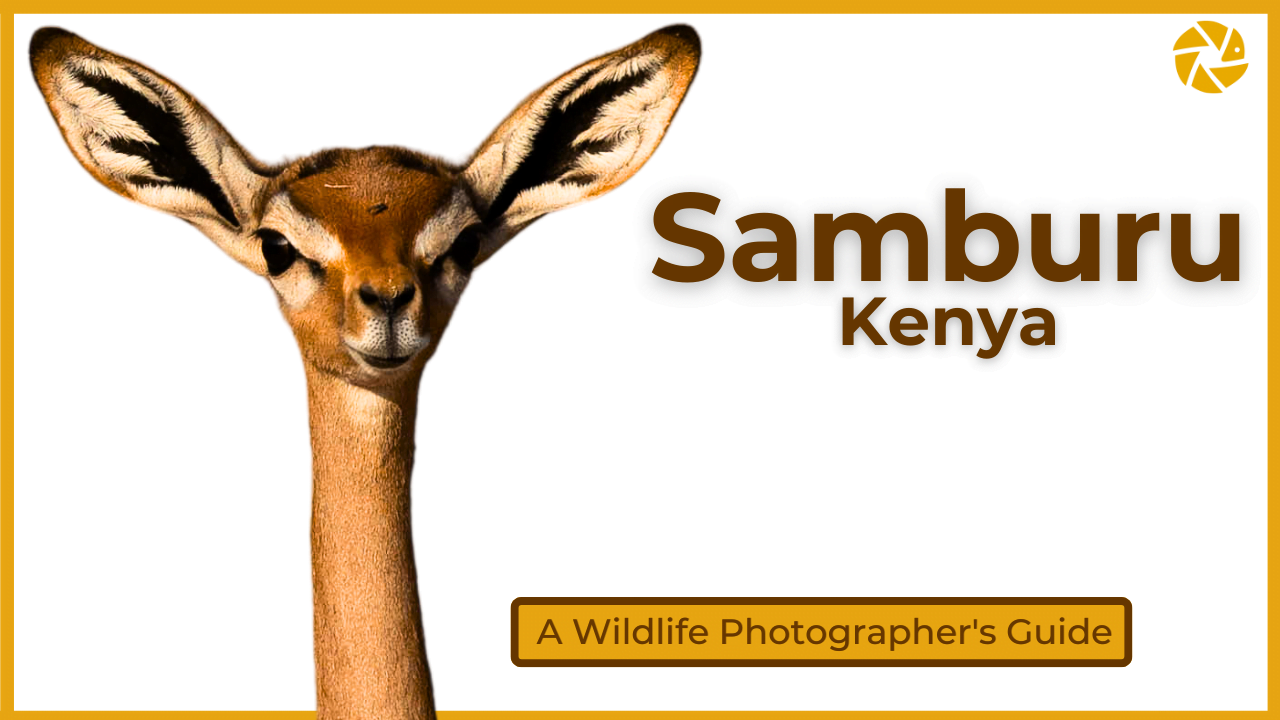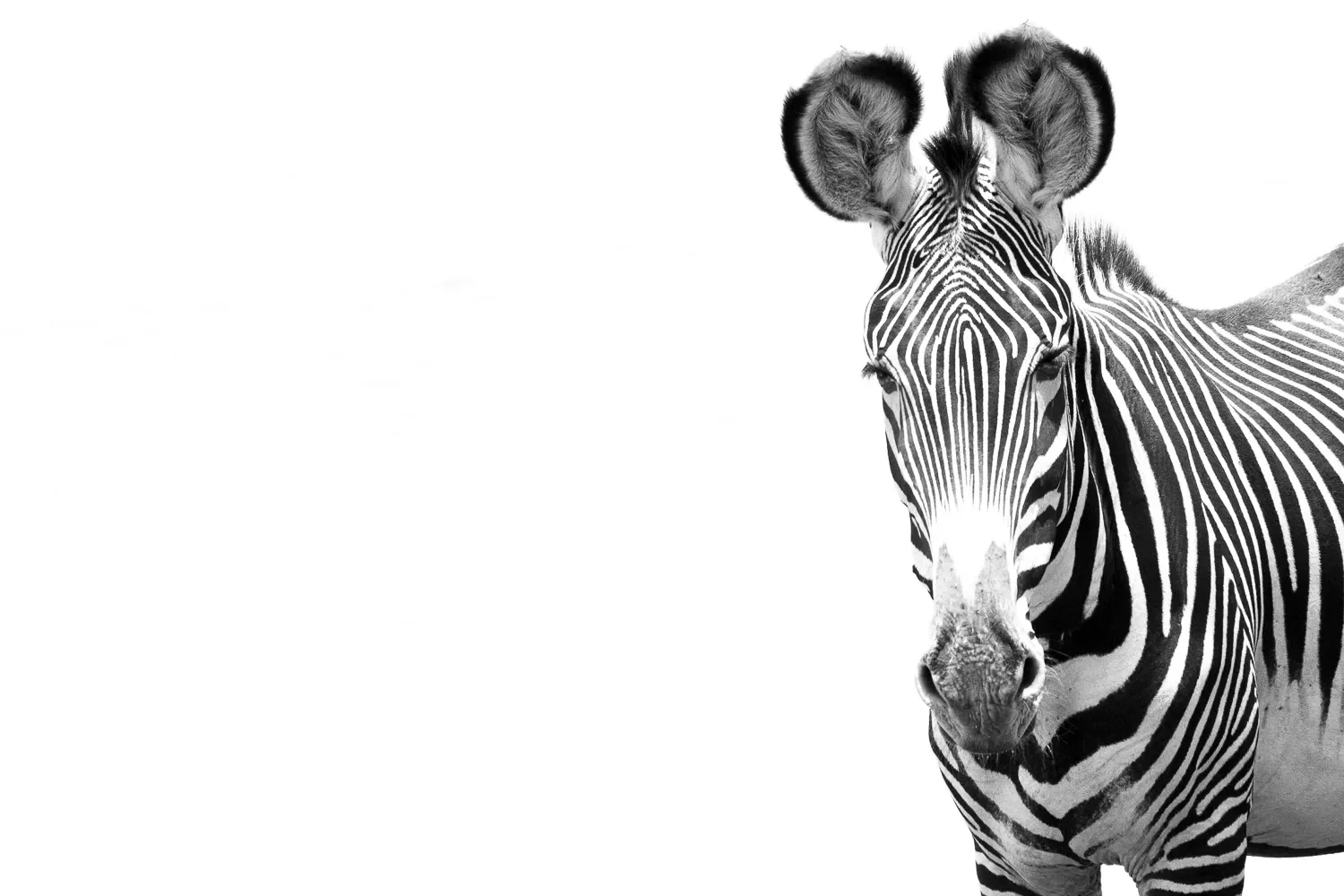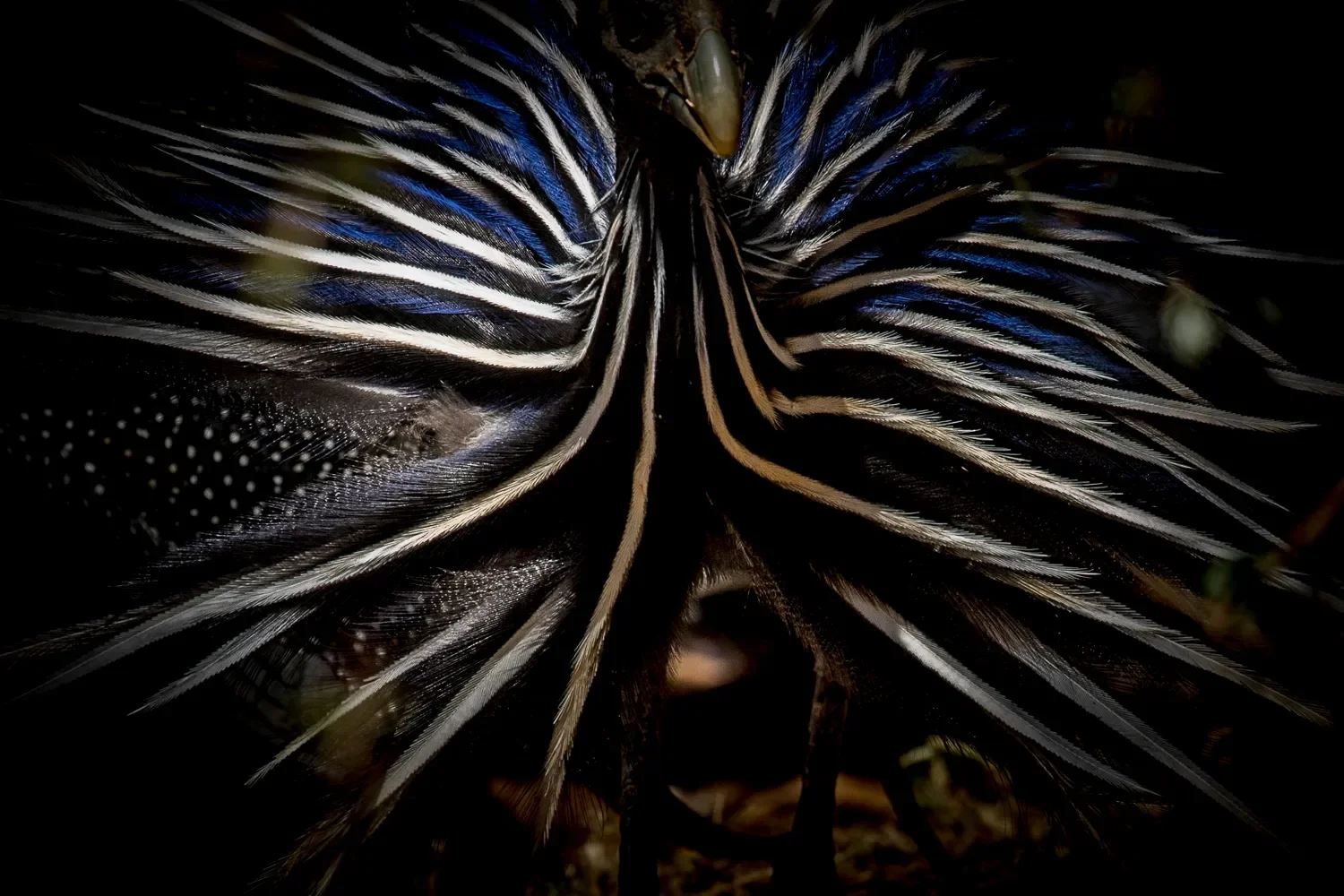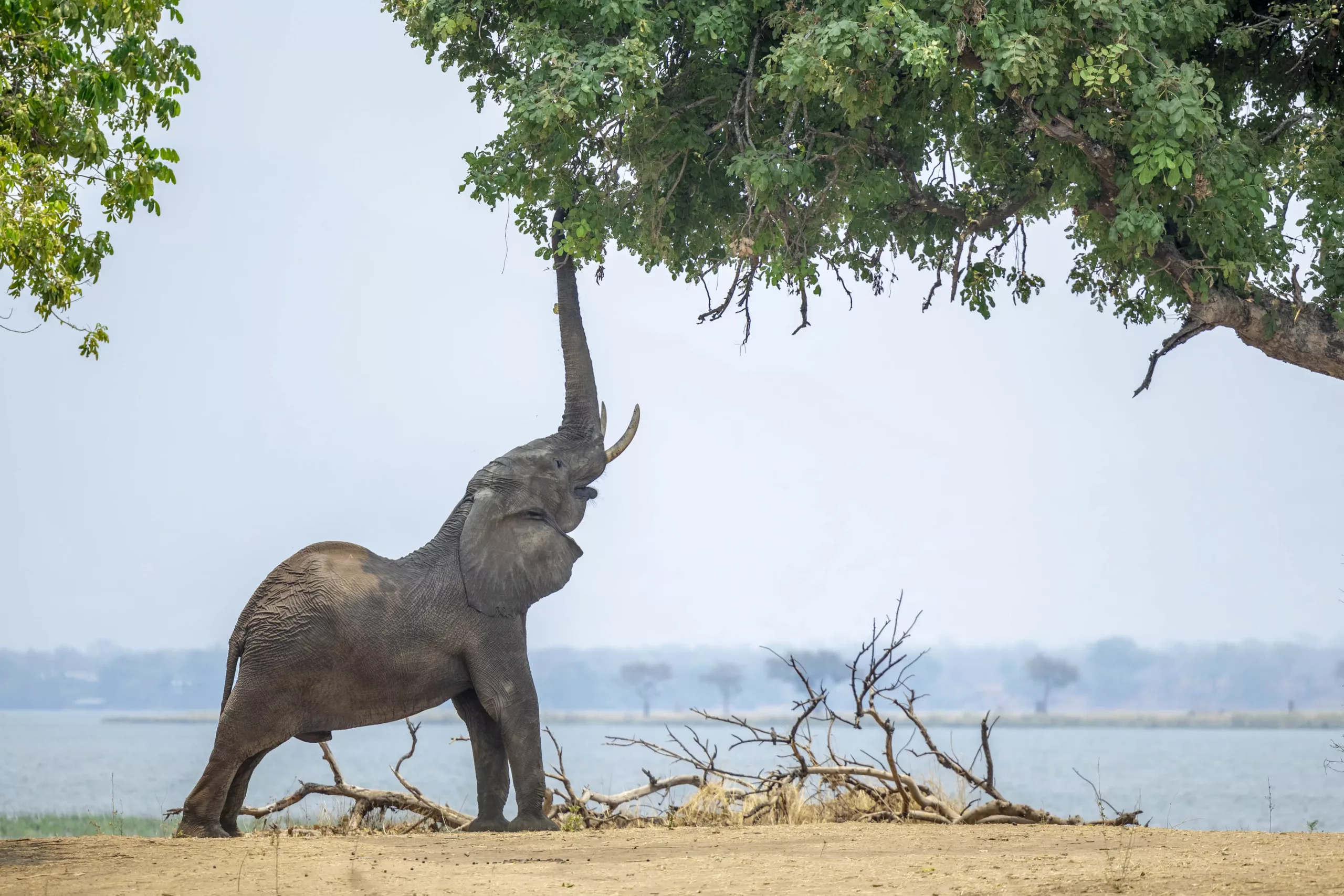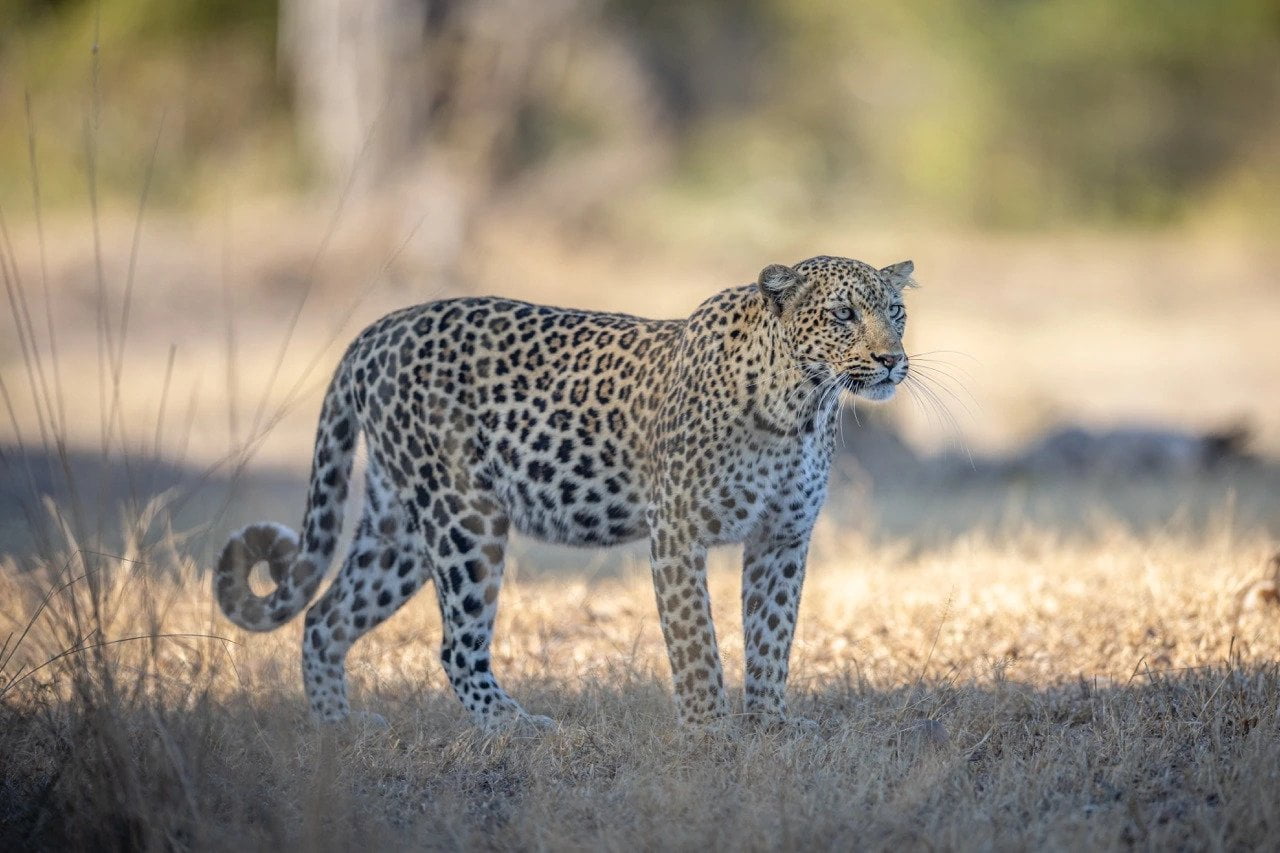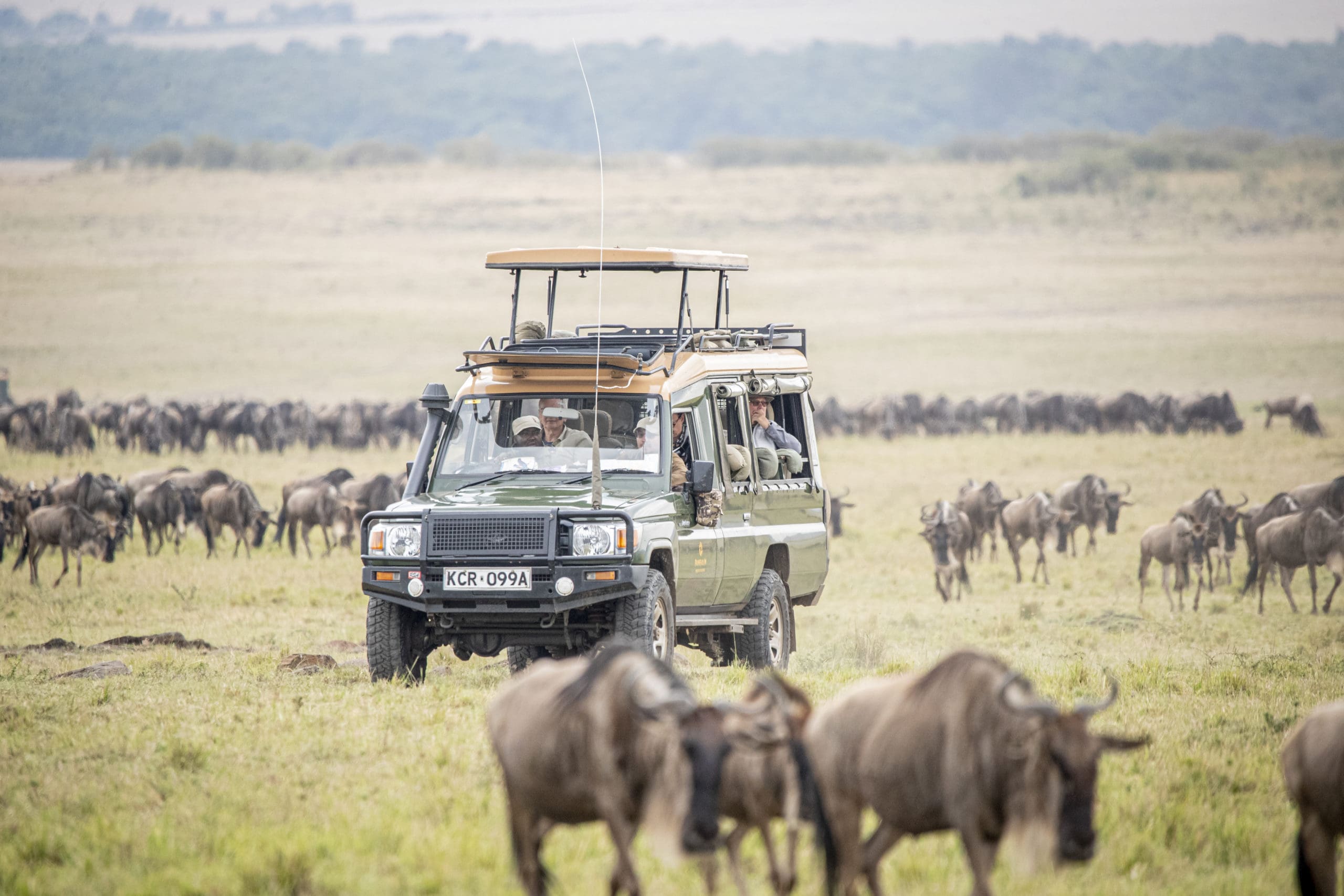Project Description

Epic Kenya Photo Safari
Kenya is home to some of the most iconic wildlife photography destinations none more so than Amboseli, Samburu and of course The Masai Mara. We believe that combining these three very different destinations will give you the most comprehensive itinerary especially when accompanied by the Pangolin Photo Hosts in custom vehicles with a maximum of three guests and one host in each!
Starting in Amboseli you will spend time photographing the animals (especially the elephants) traversing the reserve from the swamps to the woodlands hoping to frame them with the snow-capped peaks of Mount Kilimanjaro in the background. Next up is the drier northern Samburu reserve which is home to unique species you are unlikely to see elsewhere – specifically The Samburu Special 5! Last, but not least, you will end this safari exploring the wide open plains of the Masai Mara in search of the big cats, endless vistas and stunning sunsets.
Most international flights arrive in Nairobi in the late afternoon or early evening so we will arrange for you to be met at the Jomo Kenyatta International Airport and taken to The Tamarind Hotel which is closer to Wilson Airport (domestic) – where we will depart from in the morning. The Tamarind Hotel is very clean and serves good food, hot showers and comfy beds. Most importantly it’s less than a 15 mins transfer the next morning to catch our flight to Amboseli.
On the first night, you will dine with your group at the Tamarind Hotel along with the Pangolin Photo Hosts where you will have the opportunity to ask any last-minute questions and meet your fellow adventurers. We have limited the group sizes to a maximum of 12 with 4 Pangolin Photo Hosts leading the trip.
Please note that we prefer the Amboseli – Samburu – Mara routing for this safari as it fits in better with the Air Kenya timetable and drastically cuts down travel time between the destinations.
The flight time to Amboseli from Wilson is around an hour. We have arranged with Air Kenya to allow us extra baggage, over and above our allotted 15kg, so you don’t need to worry about sacrificing clothing for camera gear. Our new total (including hand luggage/camera bag) is a generous 25kg!
When we land in Amboseli, we will be met by our expert guides and the game viewer vehicles (three guests per vehicle so plenty of room) which we will be using for the duration of our time here.
Wherever you are in Amboseli you will feel the presence of Mount Kilimanjaro which is such an iconic backdrop to your safari here. We have all seen images of large herds of elephants strolling across the plains in the foreground and that is certainly a shot you can hope to get here. Every day the larger mammals make their way back and forth across the plains between the marshlands (fed by water from the mountain) and the bushier areas where the food is more nutritious. We can spend as much time as we need lining up that shot when the mountain is visible and for the rest of the time the reserve is ours to explore as we see fit.
We like to stay at Soroi Camp Amboseli as it is very central and once we leave the camp we are right in the middle of the action. The rooms are very comfortable and the food is wholesome and plentiful. The lush gardens are an excellent place to relax during the heat of the day should we opt to split our day into a morning and afternoon game drive. Depending on sightings and conditions the Photo Hosts will decide if full-day (with packed lunch) or morning and afternoon drives are the best options. More often than not it’s the latter.
Amboseli is a collection of diverse ecosystems from dusty desert-like open areas to large lakes filled with waterbirds. Lions, cheetahs and hyenas are found in good numbers (leopards less so) and there is always the chance of seeing one of Amboseli’s famous “tuskers” if they are around. These huge male elephants have a vast range and are not resident but with more than 20 Tuskers in the region, the chances are pretty good that you will see one.
Check out Janine and Guts’ video report on Amboseli below:
To get to Samburu from Amboseli we will need to fly back to Wilson in the morning to get our connecting flight onwards to Samburu. Both flights are around an hour and even with the aircraft change the total travel time should be less than four hours getting us into Samburu in the early afternoon for a game drive.
Once again we will be met with the same style of vehicles as in Amboseli at the airstrip and your first impression will be just how different Samburu is from the grasslands of Amboseli. Samburu has harsher vegetation. More thorny and familiar to those who have been on safari in Southern Africa before. This difference in environment also means that the resident animals and birds are also different…and that is why we like to come and photograph here.
Samburu is home to the Samburu Tribe who are traditionally nomadic cattle farmers. They are also some of the proudest and most striking of all of Kenya’s tribes. The warriors are adorned with elaborate beadwork and headdresses and are incredibly impressive..not to mention photogenic!
The wildlife is no less captivating including some rarer species that you are unlikely to see elsewhere and especially not all of them in the same place. These are affectionally known as the Samburu Special Five – Grevy’s Zebra (only 3000 left in the wild), The Reticulated Giraffe, the bizarre-looking Gerenuk, Beisa Oryx and Somali Ostrich.
All the big cats are found in good numbers including leopards, lions, cheetahs as well as some of the smaller predators like serval. There is a healthy population of elephants and prolific birdlife including highlights like Golden Starling, several large raptor species, Somali Bee-Eater and Vulturine Guinea Fowl.
Our camp of choice in Samburu is Larsen’s which has recently been refurbished. The spacious tents are placed along the river which fills after rains in the highlands around Mount Kenya. When it appears dry you can see herds of elephants digging down a few feet to get to the groundwater. Great to watch and photograph from your room. The camp is built under a forest of palm trees which keeps the rooms cool and there is an amazing pool to enjoy during the heat of the day.
Samburu is not a very large reserve so it’s more common to do early morning and late afternoon drives with a return to the camp during the day. Depending on wildlife sightings the Photo Hosts may decide to do a full-day game drive however and a packed lunch will be arranged.
An underground hide has been constructed at Larsen’s which everyone will have access to for one evening during our time here. The hide is accessible on foot from within the camp so you can stay as late as you like….all night if you are up for it!
Check out Toby’s video report from Samburu here.
The Air Kenya flight schedule means that the flight from Samburu to The Mara is usually direct and takes around two hours.
Once again when you land at the Ol Kiombo airstrip in the middle of the Masai Mara you will be met by our final group of expert guides and now familiar game viewers once more. We have allowed four nights in the Masai Mara as it is so much larger than Amboseli and Samburu and there is more ground to cover and explore. Please remember that as this is a bespoke safari we can increase the number of nights at any one of the destinations should you feel you need more time.
Our base will be Mara Bush Camp which is right in the middle of the reserve. We use Mara Bush Camp for all our Great Migration-hosted safaris in September and it’s a fantastic camp. Great rooms, attentive staff, delicious food and comfy beds….do you need any more?
During the day we have the freedom to explore The Masai Mara reserve as well as the Mara Triangle to the West. Our expert guide will have spent many many hours guiding here and will be up to date with the latest sightings and animal movements. They will coordinate the day with the Pangolin Photo Hosts to make sure we get to see and photograph as much as possible.
This safari is obviously outside of the Migration season and although you won’t see the huge herds of wildebeest and zebras it does mean that the predators tend to be more active as they have to work harder to find their prey. Expect to see plenty of big cats!
Recent changes in the rules about off-roading in the Masai Mara came into effect this year. It seems that we will be allowed to off-road at special sightings like big cats in certain areas of the park. It must be said that this is very much a new (very welcome) rule and how exactly this is going to work may well change as we go along. It is certainly good news for us photographers who often need to move a few meters off-road to get a great angle!
In The Mara, it’s always nice to position oneself at the end of the day on one of the lower slopes with the chance of finishing the day with some sunset silhouettes. The Mara’s open grasslands, excellent road network and gently rolling hills mean that finding a horizon with animals in silhouette is very easy indeed. Iconic Masai Mara photography!
On the final day, we will leave Mara Bush Camp after a hearty breakfast and take a circuitous route back to the airstrip for our mid-morning flight back to Wilson. We will be more than happy to suggest additions to this safari such as gorilla trekking in Uganda, additional Kenya destinations like Shompole and Lewa and perhaps even travelling to Botswana via Victoria Falls for an Ultimate Pan-Africa safari experience! We can design and arrange all of this for you. The possibilities are limitless.
Should you be travelling home instead we will get you to Nairobi’s Jomo Kenyatta Airport, via an Airport Hotel day room if you need a place to relax before a late evening flight.
| Guts, Janine, William and Andreas | Sabine, Charl, William and Andreas |
| 1st-12th February 2026 | 13th–24th February 2026 |
$16,500 per person sharing | $3,000 Single Supplement
Along with Pangolin Photo Hosts Guts Swanepoel, Janine Krayer, Charl Stols, Sabine Stols and William Steel we will be joined by our East African Specialist Andreas Knausenberger. Each of the sets of dates above will have room for a maximum of 12 guests thus a ratio of 3 guests per photo host in each vehicle. During the safari you will get to spend equal amounts of time with each of the attending photo hosts as they rotate through the vehicles.
Meet and Greet at Jomo Kenyatta Airport
1 night Tamarind Hotel (Bed and Breakfast included)
All domestic flights (Wilson-Amboseli-Samburu-Mara-Wilson)
Extra luggage allowance up to 25kgs total (normally 15kgs))
3 nights Soroi Camp Amboseli (Full board)
3 nights Larsen’s Camp Samburu (Full Board)
4 nights Mara Bush Camp (full board)
Custom game viewers (3 guests max)
All park fees and conservation levies
Bottled water, tea and coffee.
Airport transfer to Jomo Kenyatta at end
Pangolin Photo Hosts throughout (3:1 Guest to Host ratio)
Afternoon and evening hide session at Larsen’s Samburu
Visas if applicable
Gratuities
Laundry and items of a personal nature
Alcoholic drinks
All International flights
Suggested Add-ons to The Ultimate Kenya Safari
Please chat to your safari planner if any of these add-ons appeal to you.
Uganda for Gorillas, Chimps and Shoebills
Uganda is a wonderful country that is one of the best places in the world for primate encounters, namely gorillas and chimpanzees. There is spectacular birdlife too as well as the chance to see the incredible shoebill stork.
Come to Botswana
Kenya Airways has daily flights from Nairobi to Victoria Falls which is only two hours away from The Chobe. You can come to do some photography from our photo boats and then head further south to the Okavango Delta and the Kalahari.
Adding Cape Town is an Option
The same flight that goes from Nairobi to Victoria Falls continues to Cape Town which means you will arrive there just after lunch and just in time to check into a hotel and head out to wonder at Table Mountain while enjoying a refreshing “sundowner”.
The Beach in Kenya
Kenya has some amazing beaches along its Indian Ocean coastline with some amazing hotels should you want some post safari downtime (or get started on the editing!). Lamu on the north coast is a fascinating destination with stunning architecture, ancient cobbled streets, narrow alleyways and great sea from hotels.
With the extra baggage allowance that we have negotiated for you on this safari combined with the fact that you will have your own private vehicle means that there is really no need to deliberate over what photo gear to leave behind. What a lovely problem to have, eh?
One thing you wont need to bring is bean bags or any type of gimbal mount. The private game viewer that you will be in has a pop up roof lined with plenty of beanbags along the edges. There are also smaller beanbags in the cabin to rest your lenses on when shooting lower through the windows.
Please watch the video made by Charl and Sabine on the lenses they bring to the Masai Mara for the migration as their advice will apply to all three destinations in this Ultimate Kenyan Safari. Click here to watch.
